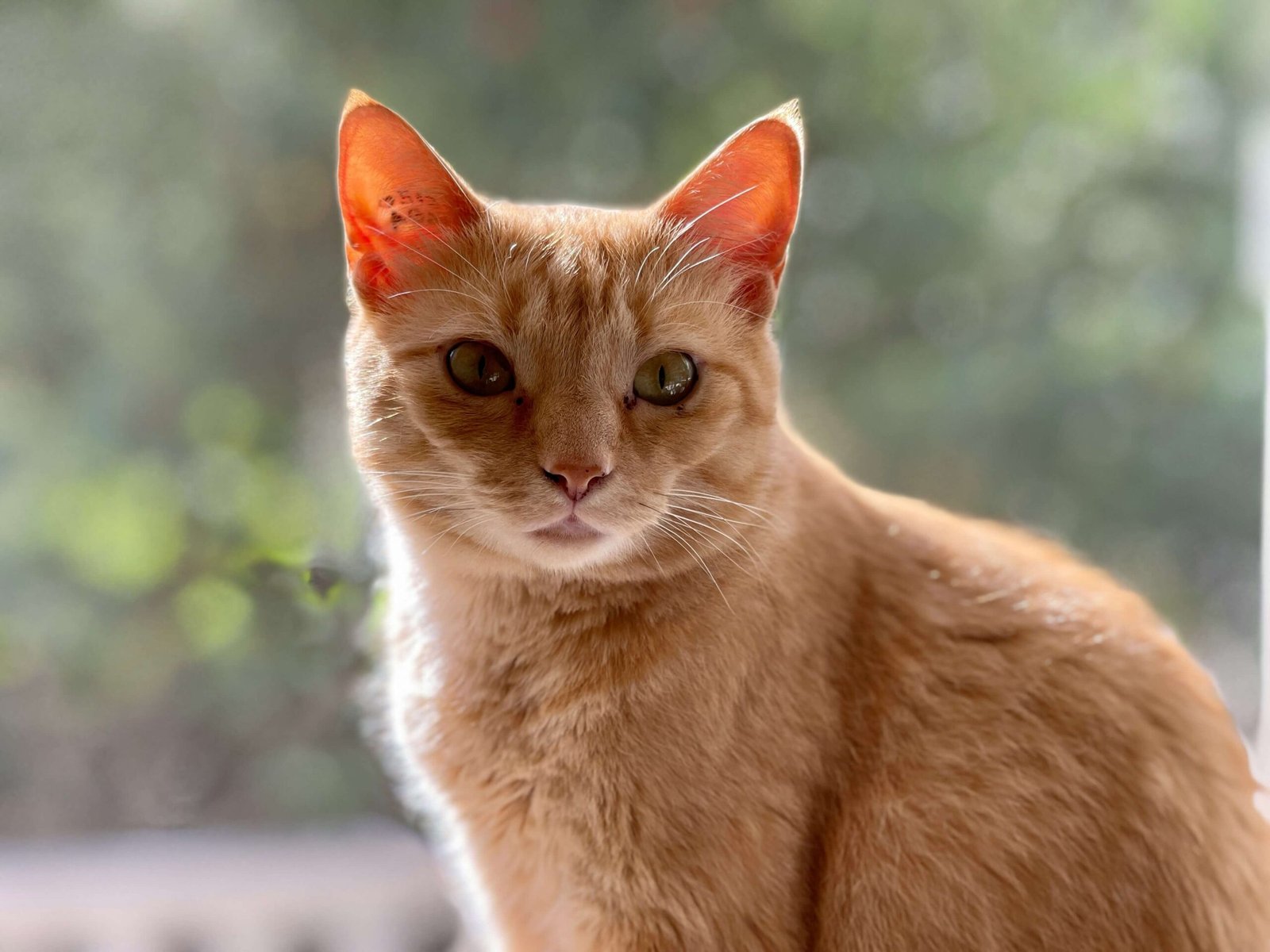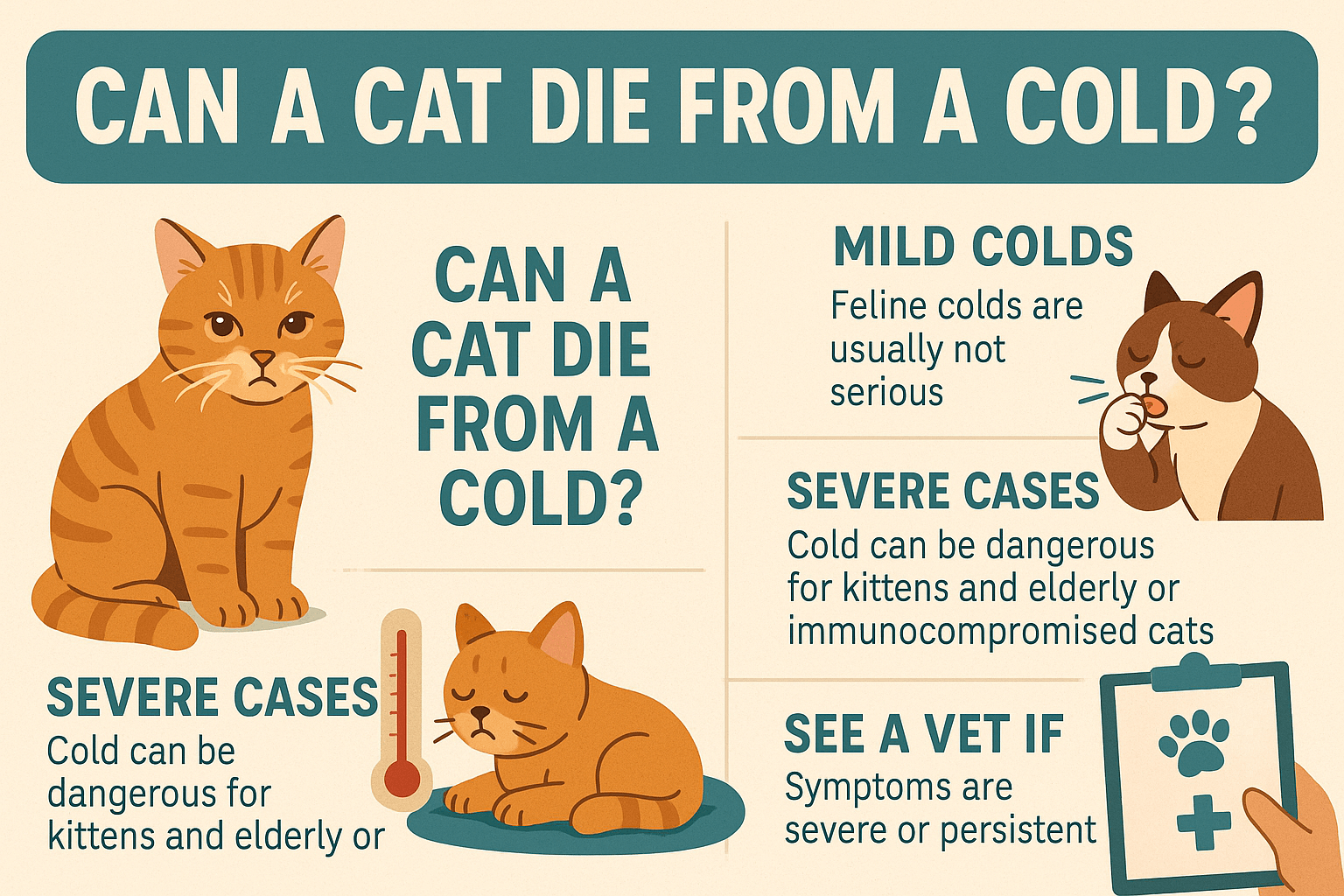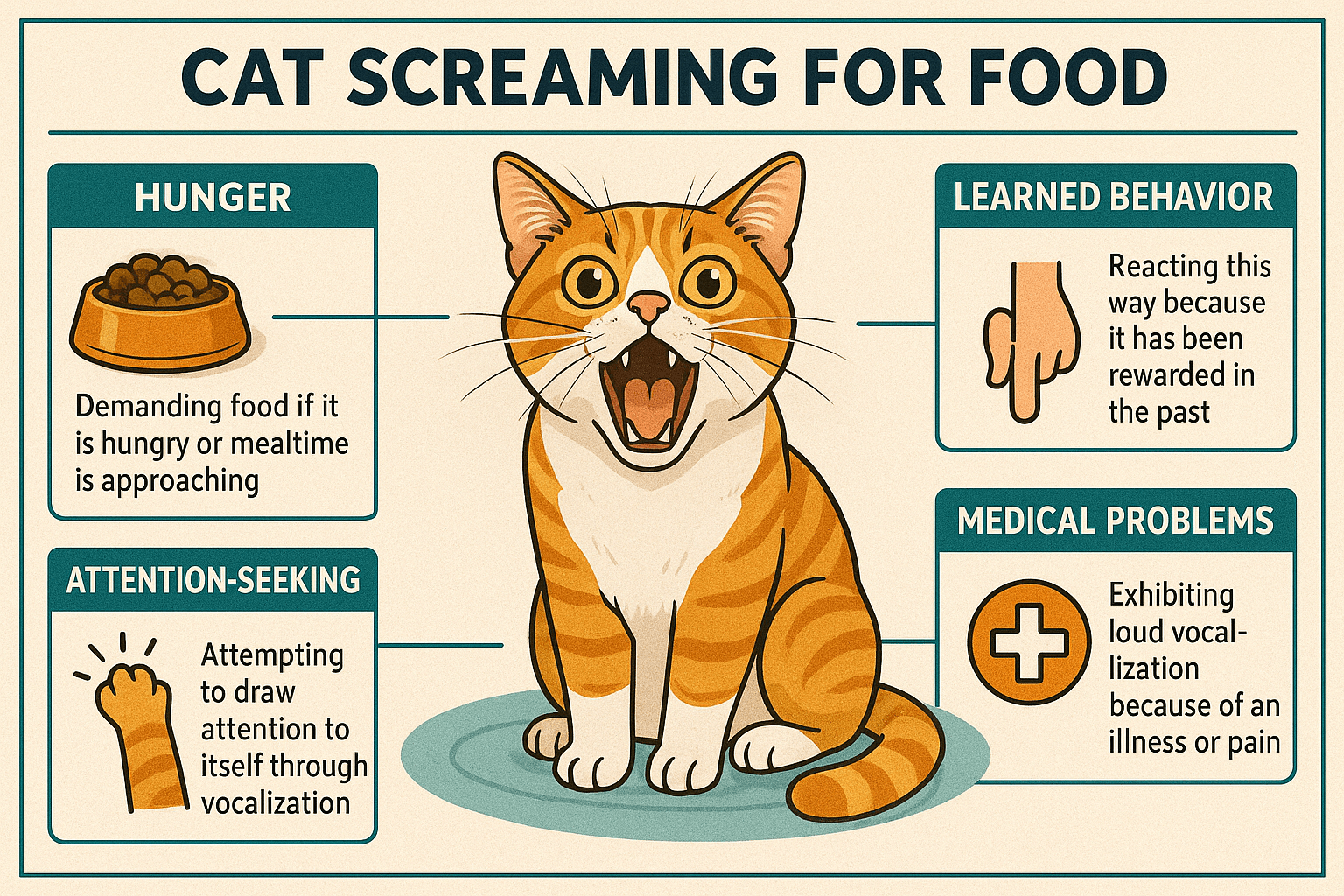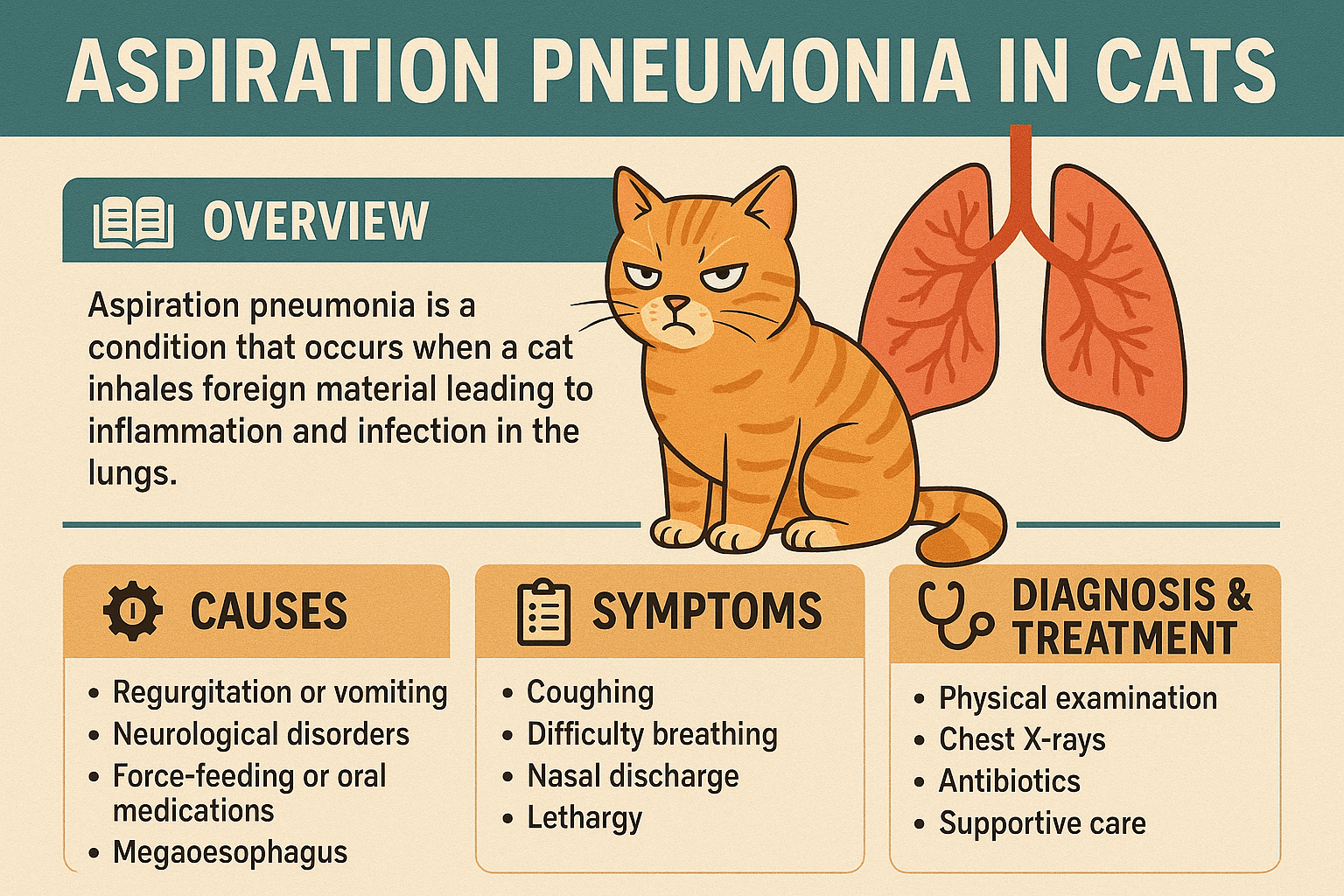Is Ranunculus Cat Safe? What Every Pet Owner Should Know
As a pet owner, ensuring the safety of your furry companion is always a top priority. With their curious nature and tendency to nibble on plants, cats can sometimes find themselves in situations that pose potential risks. One such concern revolves around the ranunculus plant, known for its vibrant and eye-catching blooms. But is ranunculus cat safe? This question has sparked curiosity among cat owners who want to beautify their homes without compromising their pet’s well-being. In this blog post, we’ll explore the facts about ranunculus, its potential effects on cats, and how you can keep your feline friend safe while still enjoying the beauty of indoor greenery.
Understanding Ranunculus: What You Need to Know
Before diving into whether ranunculus is safe for cats, it’s essential to understand what this plant is and why it might pose a risk. Ranunculus, often referred to as buttercup or Persian buttercup, is a popular ornamental plant known for its colorful flowers and lush foliage. While it’s a favorite among gardeners and decorators, its safety around pets is a topic worth exploring. Here are some key points about ranunculus:
Ranunculus belongs to the Ranunculaceae family, which includes over 600 species of flowering plants.
The plant contains toxic compounds called protoanemonin, which can cause irritation when ingested or touched.
Symptoms of exposure to ranunculus toxins include drooling, vomiting, diarrhea, and skin irritation in both humans and animals.
Despite its toxicity, ranunculus is only mildly harmful unless consumed in large quantities.
Cats are more likely to experience adverse effects if they chew on or ingest parts of the plant.
While ranunculus can add beauty to your home or garden, it’s crucial to be aware of its potential risks, especially if you share your space with a curious feline.
Signs Your Cat May Have Encountered Ranunculus
If you suspect your cat has come into contact with ranunculus, it’s important to recognize the signs early to address any potential issues. Cats are naturally curious creatures, and their playful behavior often leads them to investigate plants. Here’s what to look out for if you think your cat may have interacted with ranunculus:
Excessive drooling, which could indicate oral irritation caused by chewing on the plant.
Vomiting or retching, often a result of ingesting toxic substances.
Diarrhea, signaling digestive upset from consuming plant material.
Pawing at the mouth or face, a sign of discomfort or burning sensations.
Lethargy or lack of appetite, which may occur if your cat feels unwell after exposure.
If you notice any of these symptoms, it’s essential to act quickly to ensure your cat’s health and safety. Early intervention can make all the difference in preventing further complications.
Check this guide 👉The Importance of Cat-Safe Plants: Best 7 Expert Tips!
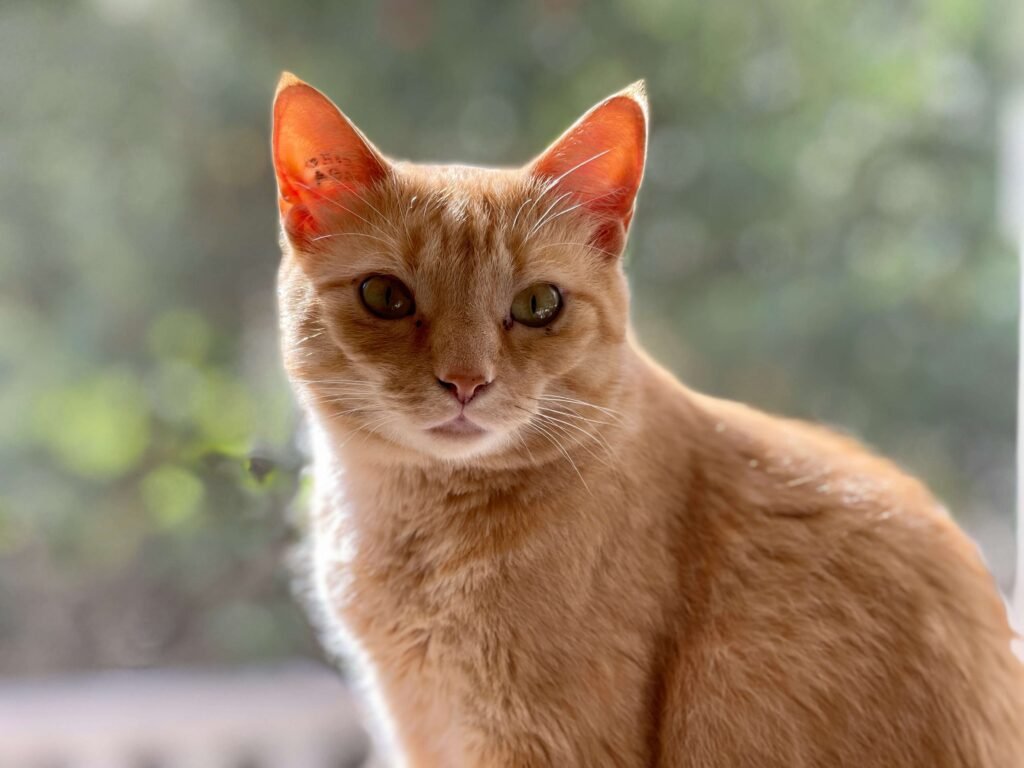
Symptoms of Ranunculus Exposure in Cats | Steps to Take If Exposure Occurs |
|---|---|
Excessive drooling | Remove the plant from your cat’s reach immediately. |
Vomiting | Offer fresh water to help soothe irritation. |
Diarrhea | Monitor your cat closely for worsening symptoms. |
Pawing at the mouth | Contact your veterinarian for professional advice. |
Lethargy | Keep your cat in a calm, quiet environment. |
How to Keep Your Cat Safe Around Plants
Prevention is key when it comes to protecting your cat from potentially harmful plants like ranunculus. By taking a few proactive steps, you can create a safe and harmonious environment for both your pet and your plants. Here are some tips to consider:
Place toxic plants like ranunculus out of your cat’s reach, such as on high shelves or in rooms your cat doesn’t access.
Opt for pet-safe plants, such as spider plants or Boston ferns, to decorate your home instead.
Train your cat to avoid certain areas using positive reinforcement techniques.
Use deterrent sprays or natural repellents to discourage your cat from approaching toxic plants.
Regularly inspect your home and garden for plants that may pose a risk to your cat.
By implementing these strategies, you can minimize the chances of accidental exposure and ensure your cat remains happy and healthy.
Alternatives to Ranunculus for Cat Owners
If you’re looking to brighten up your home with plants but want to avoid any risks to your cat, there are plenty of pet-safe alternatives to consider. These options allow you to enjoy the beauty of greenery without worrying about your feline friend’s safety. Here are some excellent choices:
Spider Plant: Known for its air-purifying qualities and resilience, the spider plant is non-toxic and easy to care for.
Boston Fern: This lush, elegant plant is safe for cats and adds a touch of sophistication to any space.
African Violet: With its vibrant blooms, the African violet is a cat-friendly option that thrives indoors.
Bamboo Palm: A low-maintenance plant that’s perfect for adding a tropical vibe to your home.
Calathea: Featuring striking patterns and colors, calatheas are safe for cats and visually stunning.
By choosing pet-safe plants, you can create a beautiful and worry-free environment for both you and your cat.
Why Cats Are Drawn to Plants: Understanding Their Behavior
Cats are naturally curious creatures, and their fascination with plants often stems from a combination of instinct, curiosity, and dietary needs. While some plants like ranunculus may pose risks, understanding why cats interact with plants can help you manage their behavior more effectively. Here are some reasons why your cat might be drawn to plants:
Cats may chew on plants as a way to satisfy their natural grazing instincts.
Some cats use plants as a source of fiber to aid digestion or induce vomiting if they feel unwell.
The texture and movement of leaves can trigger a cat’s hunting instincts, making them want to play with or attack the plant.
Certain plants emit scents that intrigue cats, prompting them to investigate further.
Boredom or lack of stimulation can lead cats to explore household items, including plants.
By understanding these motivations, you can better anticipate your cat’s behavior and take steps to redirect their attention to safer alternatives.
How to Redirect Your Cat’s Attention from Toxic Plants
If you’re concerned about your cat’s interest in potentially harmful plants, there are several ways to redirect their focus. By providing engaging alternatives and enriching their environment, you can discourage them from interacting with dangerous greenery. Here are some effective strategies:
Offer safe, cat-friendly plants like catnip or cat grass to satisfy their urge to nibble.
Provide interactive toys that mimic the movement of leaves or stems, keeping your cat entertained.
Use puzzle feeders or treat-dispensing toys to stimulate your cat’s mind and reduce boredom.
Create designated play areas with scratching posts and climbing structures to keep your cat occupied.
Incorporate regular play sessions into your routine to burn off excess energy and curb destructive behaviors.
With a little creativity and effort, you can steer your cat away from toxic plants while ensuring they remain happy and engaged.
Tips for Decorating with Plants in a Cat-Friendly Home
Living with cats doesn’t mean you have to sacrifice your love for indoor greenery. With thoughtful planning, you can create a beautiful, plant-filled space that’s also safe for your feline companion. Here are some tips to help you decorate harmoniously:
Hang plants from the ceiling or place them on high shelves where your cat can’t reach.
Use sturdy plant stands that are difficult for cats to knock over or climb onto.
Choose plants with textures or scents that cats tend to avoid, such as lavender or rosemary.
Place pebbles or decorative stones on top of soil to discourage digging or chewing.
Regularly rotate your plants to keep your home visually interesting while monitoring your cat’s interactions.
By following these tips, you can enjoy the beauty of plants without compromising your cat’s safety, creating a space that’s both stylish and pet-friendly.
FAQ
Is ranunculus toxic to cats?
Yes, ranunculus contains toxic compounds that can irritate your cat’s mouth and digestive system if ingested.
What should I do if my cat eats ranunculus?
Remove the plant from your cat’s reach, offer fresh water, and monitor for symptoms. Contact your veterinarian if symptoms persist.
Are all types of ranunculus equally toxic?
While all varieties contain toxins, the level of toxicity may vary depending on the specific species and amount ingested.
Can I keep ranunculus in my home with cats?
It’s best to keep ranunculus out of your cat’s reach or opt for pet-safe plants to avoid any risks.
How can I tell if my cat has been poisoned by a plant?
Look for signs like drooling, vomiting, diarrhea, lethargy, or pawing at the mouth, and consult a vet if you suspect poisoning.
Creating a Safe Space for Your Cat and Plants
When it comes to balancing your love for plants with your responsibility as a pet owner, knowledge is power. Understanding whether ranunculus is cat safe allows you to make informed decisions about your home decor and your cat’s well-being. By recognizing the signs of exposure, taking preventive measures, and opting for pet-safe alternatives, you can create a harmonious environment where both you and your feline friend can thrive. Remember, a little caution goes a long way in ensuring your home remains a safe and joyful space for everyone.
Can a Cat Die from a Cold? Best 7 Expert Tips! Learn how to identify, treat, and prevent feline colds while understanding when to seek veterinary care for your cat’s health.
Cat Screaming for Food: Best 7 Expert Tips! Discover effective strategies to manage your cat's food-related vocalizations and create a peaceful feeding routine.
Aspiration Pneumonia in Cats: Best 7 Expert Tips! Discover causes, symptoms, and treatment advice to protect your cat’s respiratory health and ensure a speedy recovery.
Hip Dysplasia in Cats: Best 7 Expert Tips! Discover expert advice on managing hip dysplasia in cats, from symptoms and prevention to treatment options for a happier, healthier feline life.

